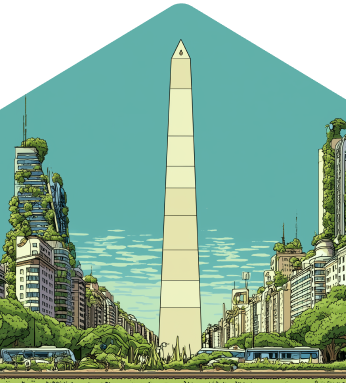
Buenos Aires is a city of contrasts — grand boulevards alongside cobblestone streets, elegant cafés next to parrillas grilling late into the night. With its deep cultural roots and vibrant creative scene, it's a place that rewards both planning and wandering. Cosmik curated this guide, alongside Crecimiento, to help you get the most out of LabWeek Web3 and your stay in Buenos Aires.
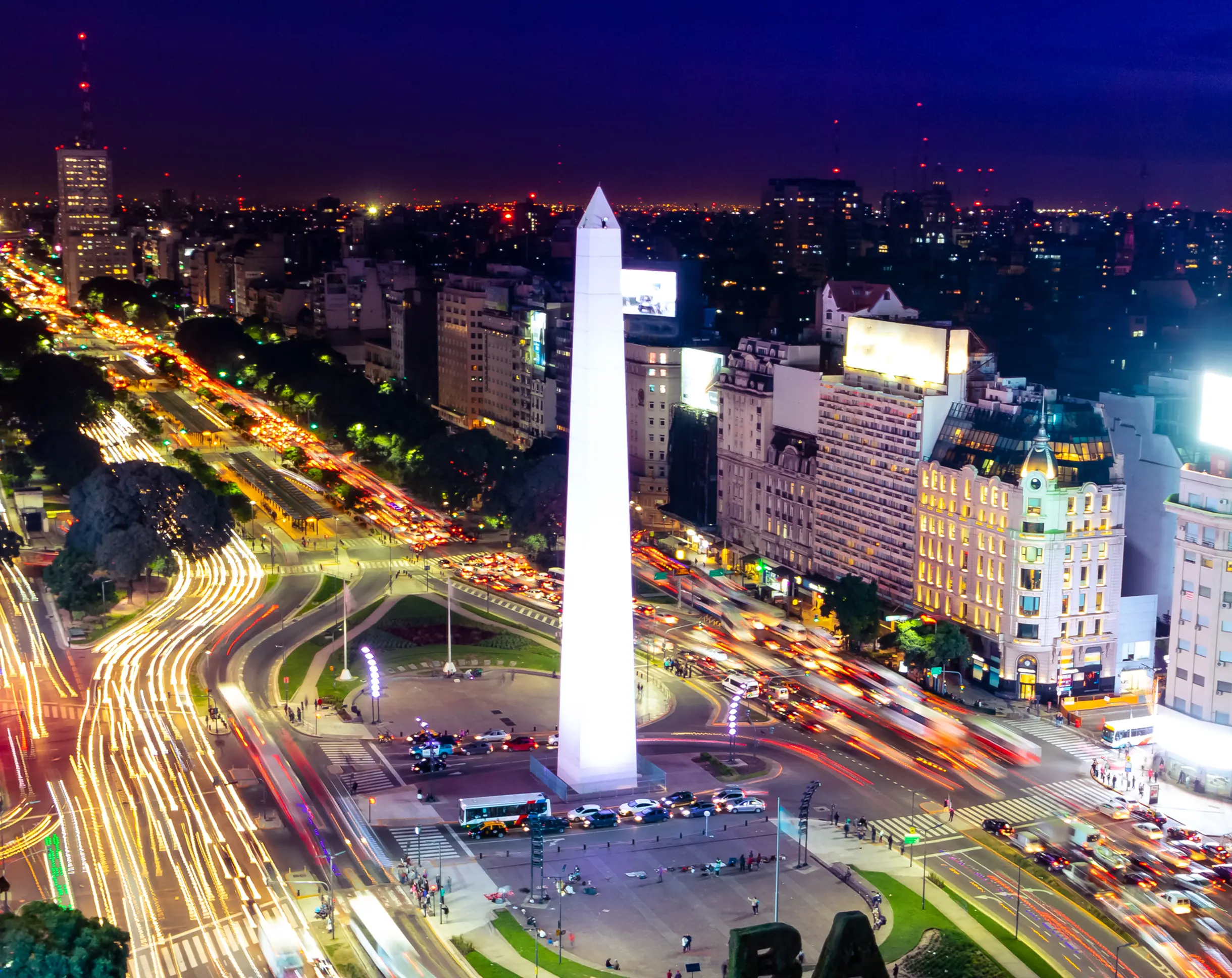
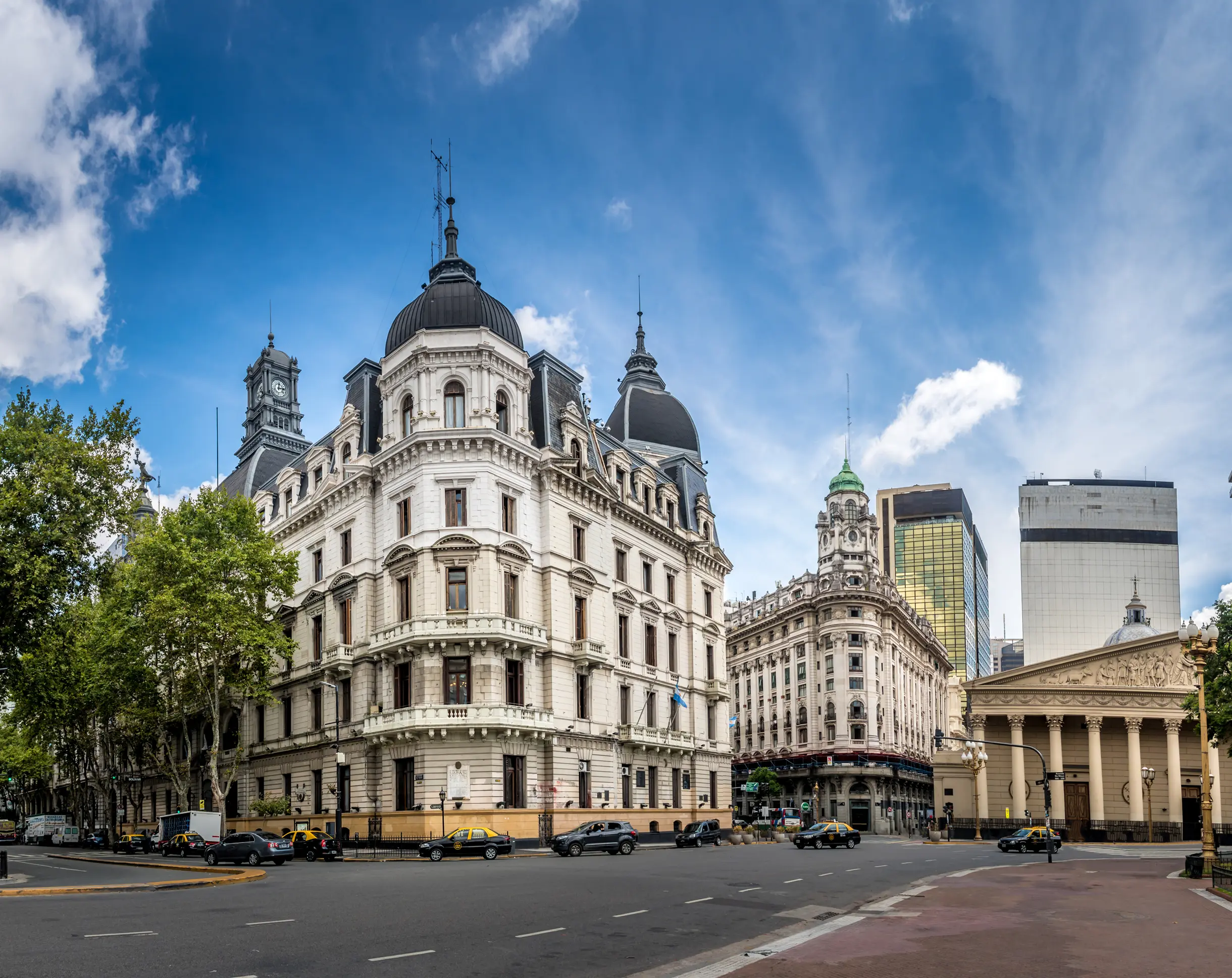
November in Buenos Aires is spring, so expect it to be warm, sunny, and comfortable. Daytime temperatures usually range from 18°C (64°F) to 26°C (79°F). Pack light, breathable clothing, sunscreen, and a jacket for cooler evenings. Rain showers are possible, so an umbrella is useful.
Street markets and neighborhood ferias often open late morning and continue into the evening. The famous San Telmo market is busiest on Sundays from 10:00 AM to 5:00 PM. Major shopping malls like Galerías Pacífico and Alto Palermo are generally open daily from 10:00 AM to 10:00 PM.
The Argentine peso (ARS). In practice, cash is king, so bring USD and exchange at casas de cambio or trusted cuevas for the best dólar blue rate (Dólar Hoy). Credit cards are accepted in larger hotels and restaurants but not always in smaller shops. Avoid ATMs, which charge high fees and give poor exchange rates.
The official exchange rate and the market rate (dólar blue) are very different. Most visitors use USD cash to get the better blue dollar rate. Only exchange with trusted sources. Ask locals or hosts for recommendations.
Buenos Aires is generally safe, but like any major city, petty crime exists. Keep valuables secure, especially in crowded places like San Telmo market or the Subte. At night, use licensed taxis or ride apps instead of hailing cabs on the street. Porteños are warm and helpful, and with a few precautions, the city is comfortable to explore day and night.
Life in Buenos Aires runs late. Dinners often start around 10pm, bars fill after midnight, and clubs don't get going until 2am or later. Markets and shops also open later than in many cities. Adjust your schedule, and you'll experience the city the way locals do.
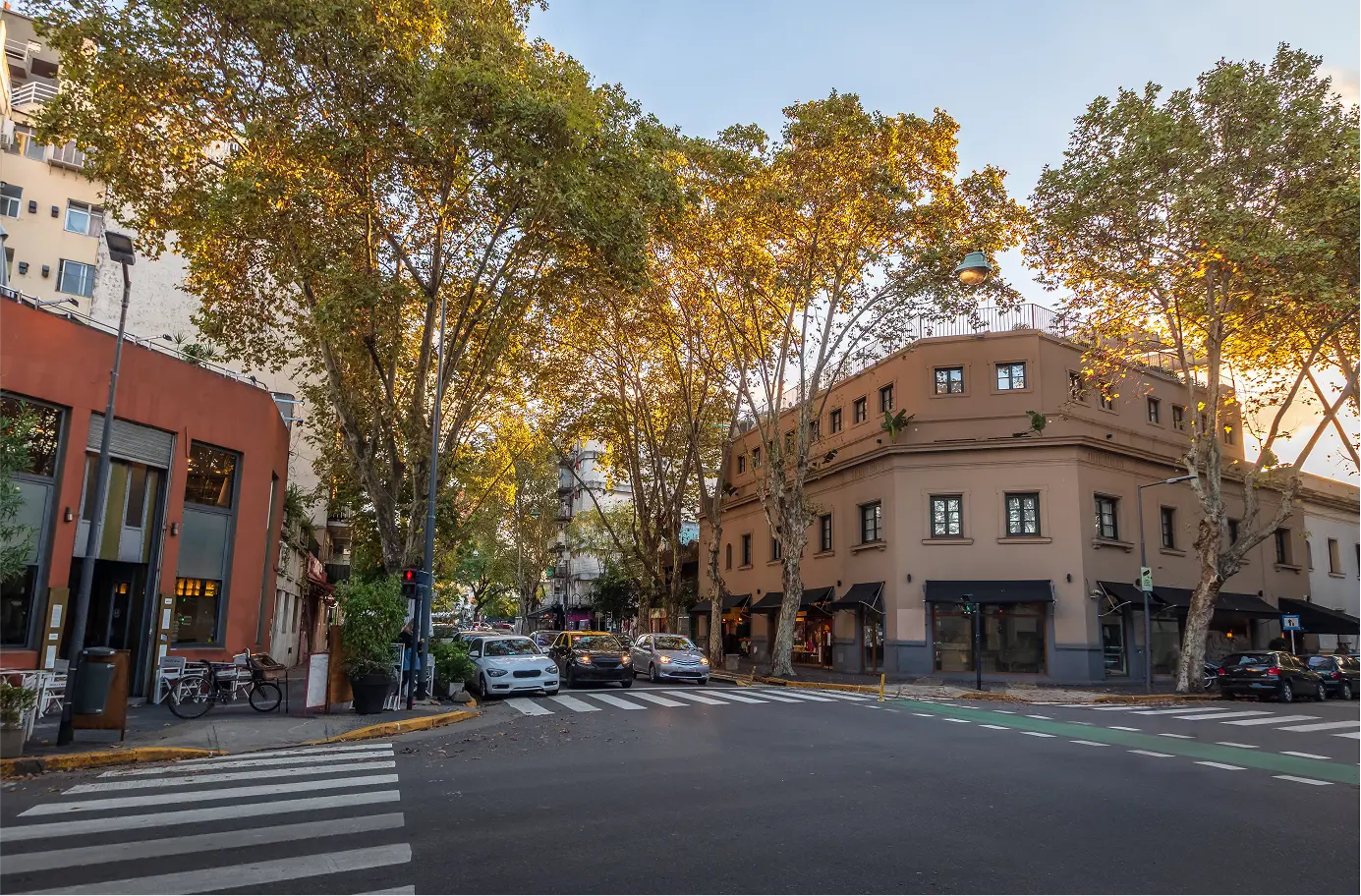
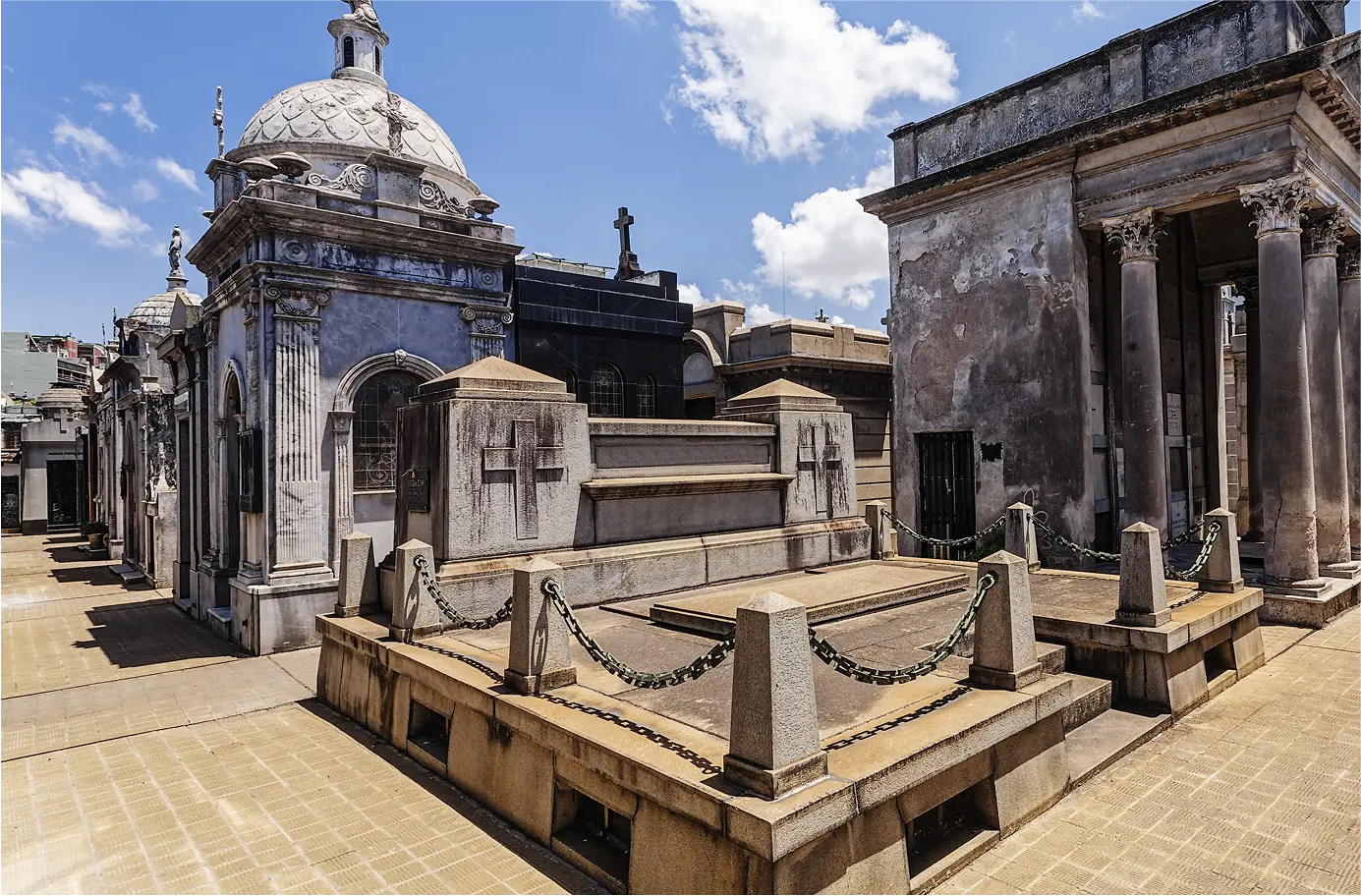
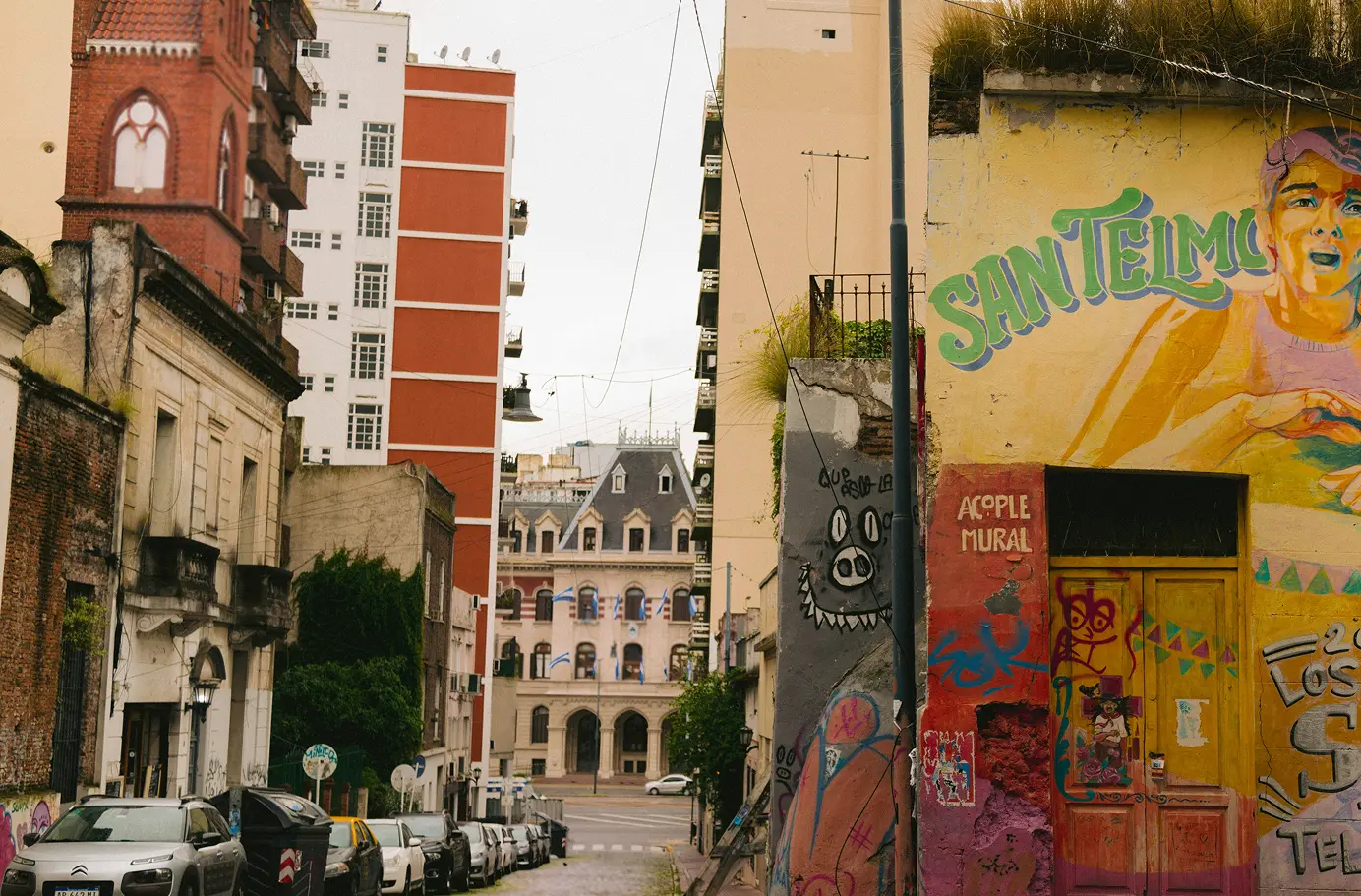
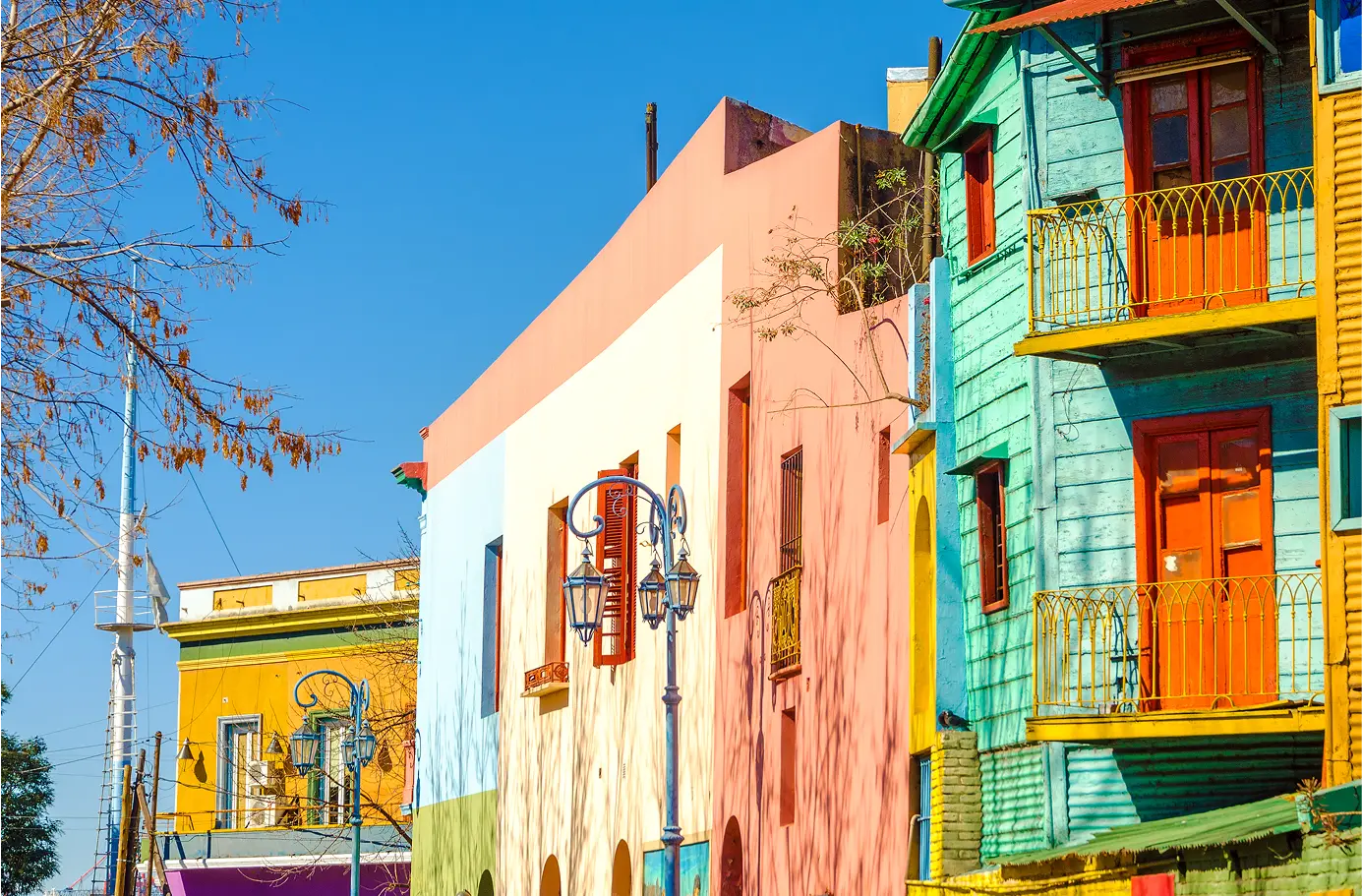
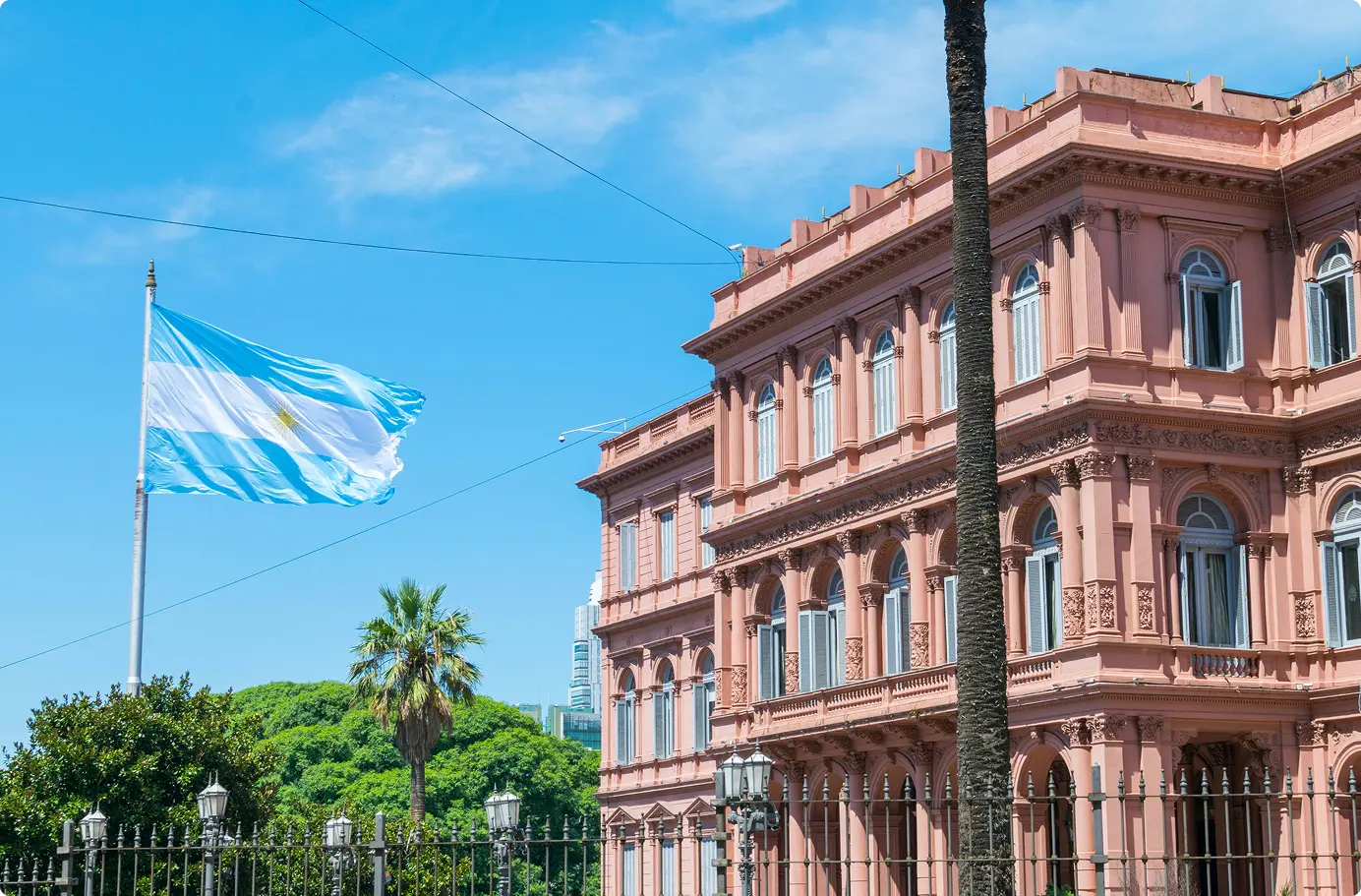
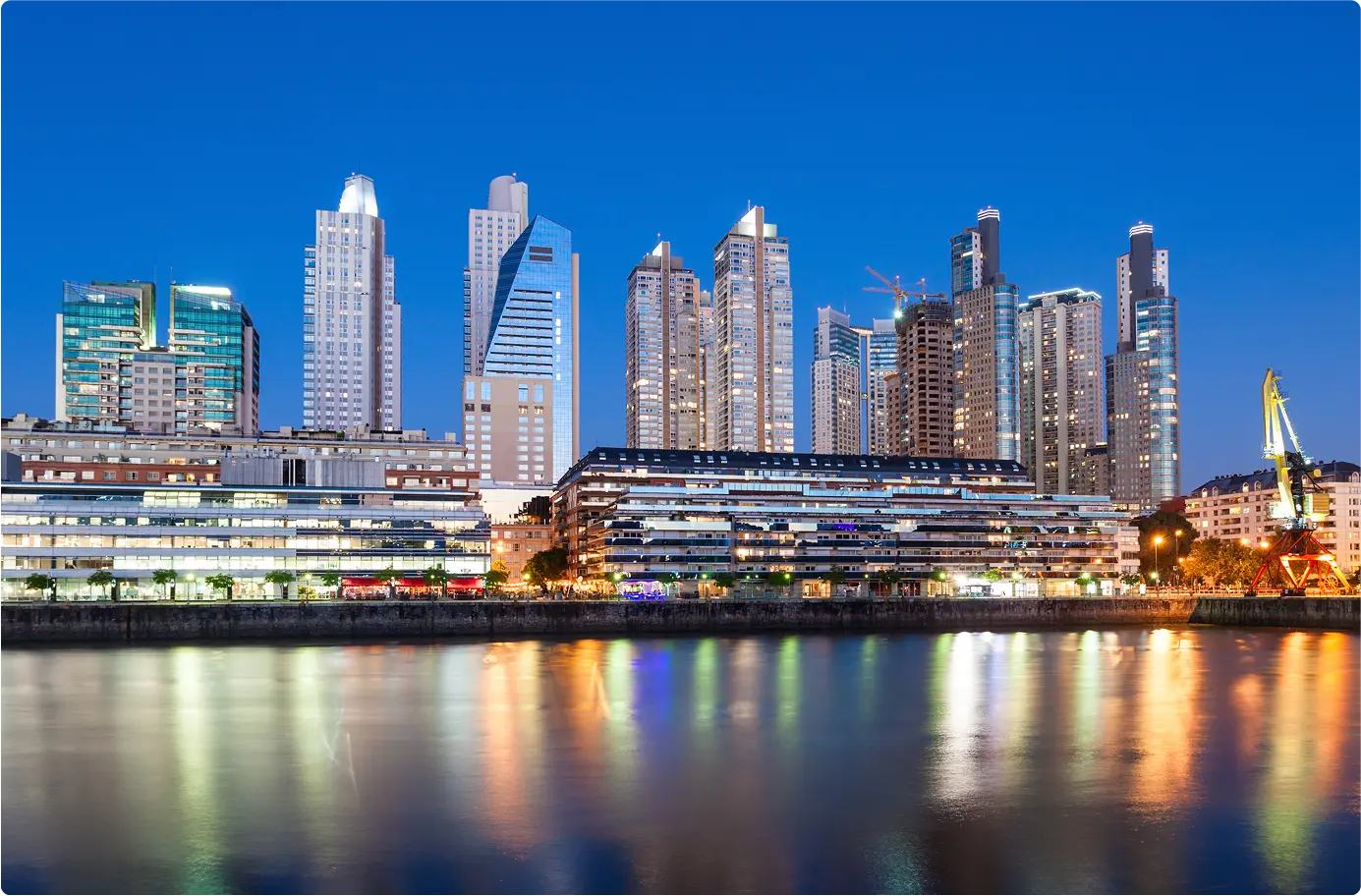
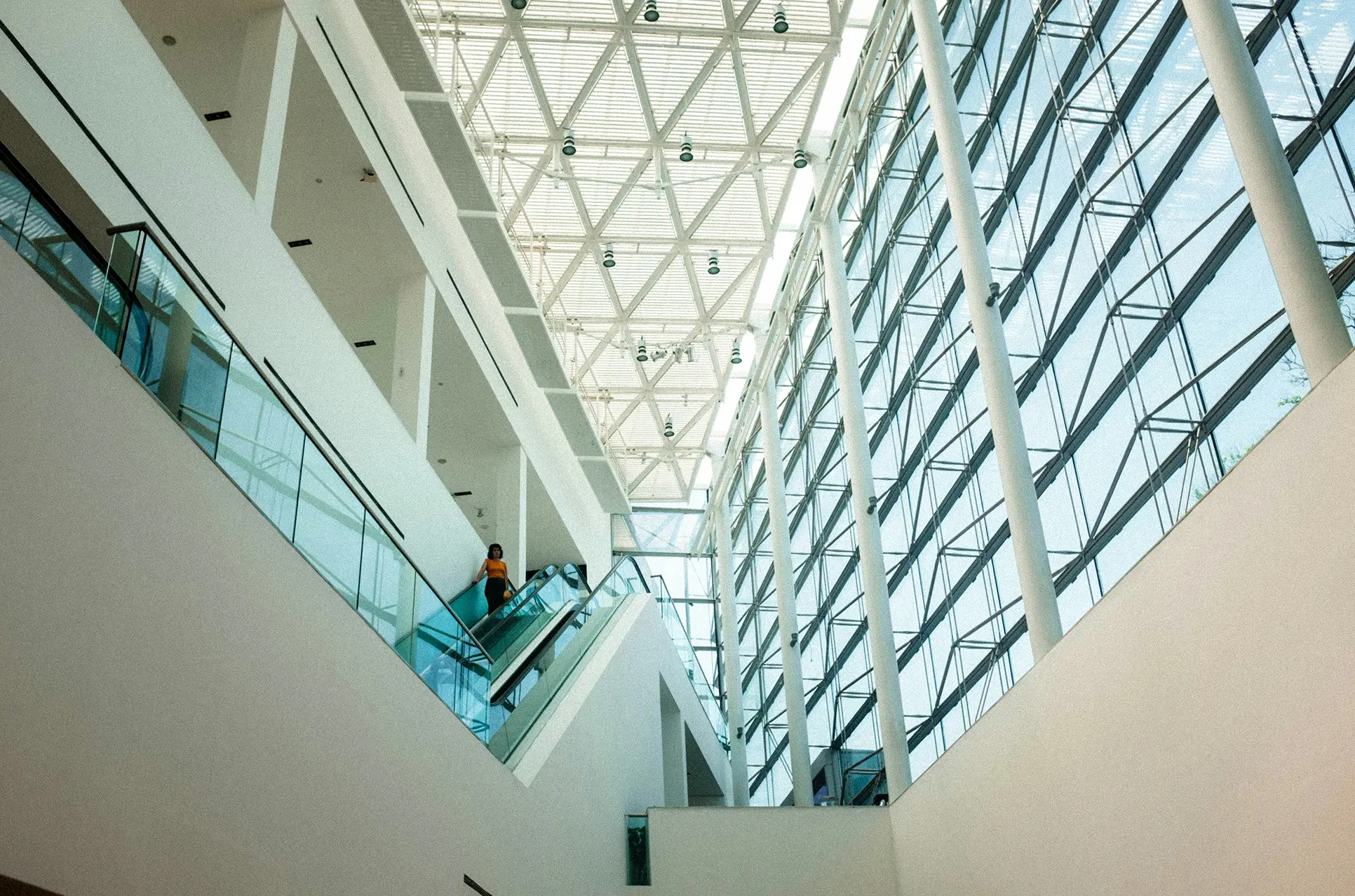
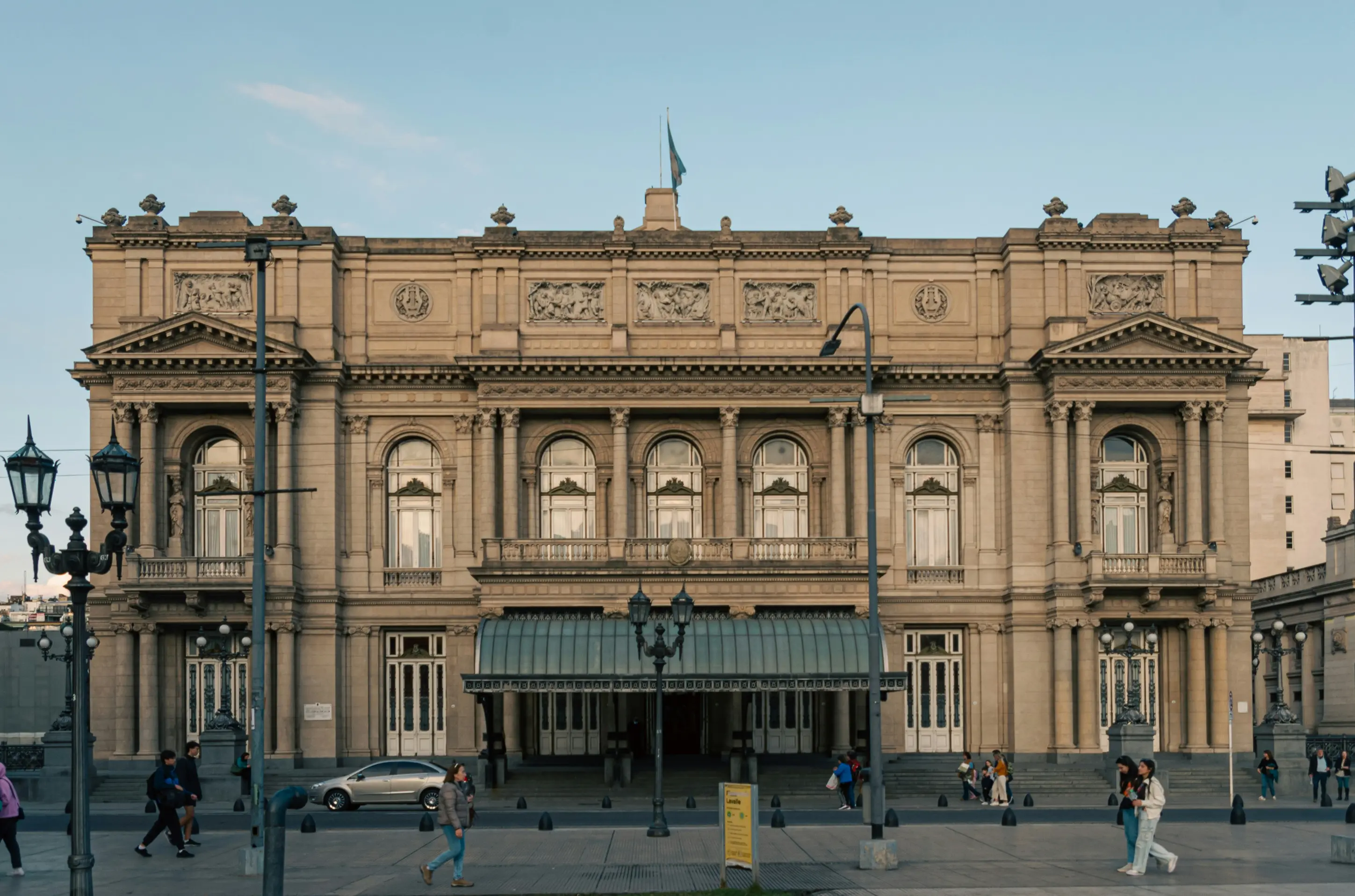
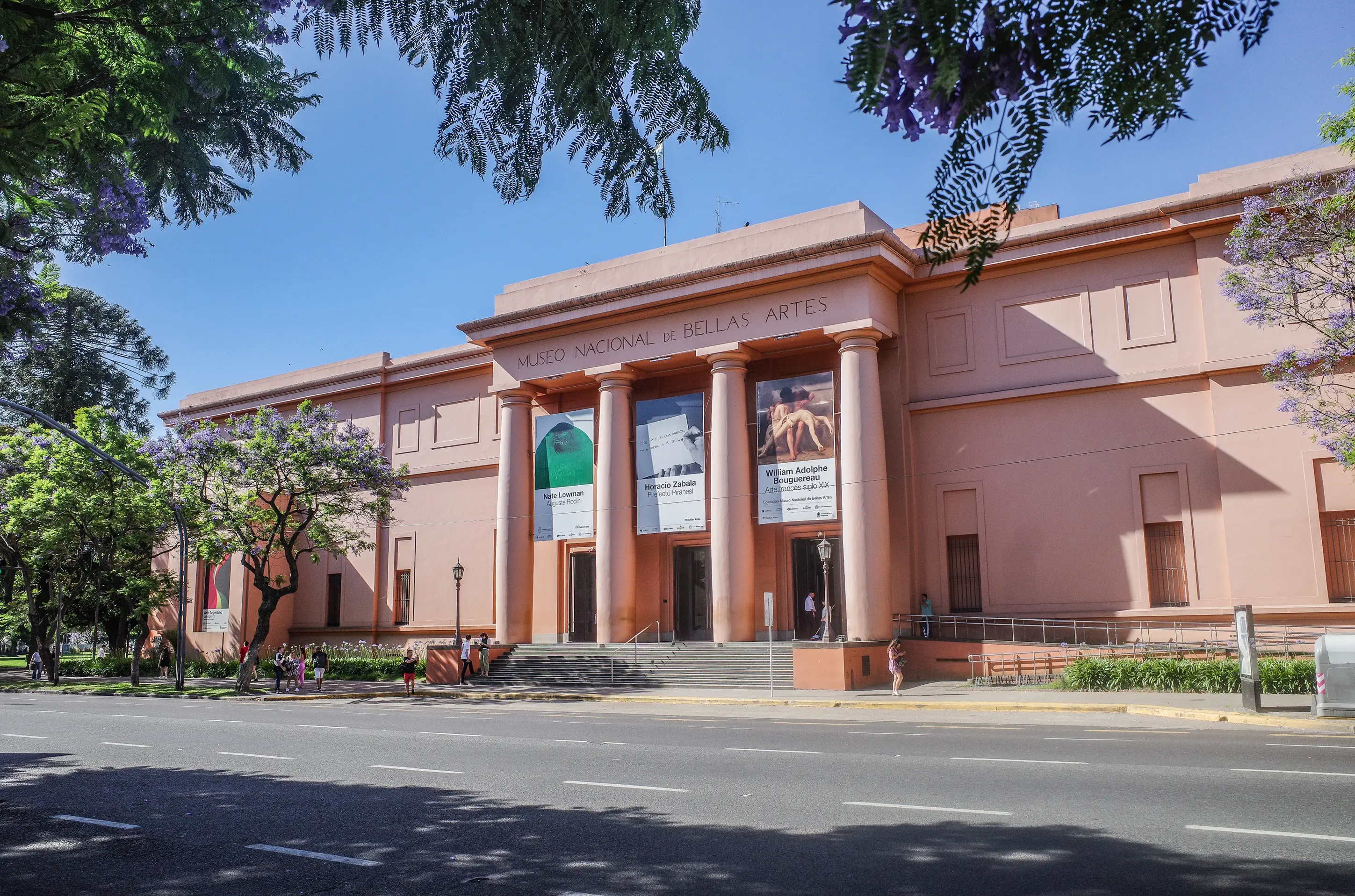



While Protocol Labs isn't arranging a room block, here are a few hotel suggestions:
Palo Santo Hotel
An eco-friendly boutique hotel in Palermo Hollywood. Known for its vertical gardens, rooftop pool, and sustainable design, it's a green oasis in the middle of the city. (Link)
Home Hotel
A stylish boutique stay with a lush garden, spa, and outdoor pool. Set in Palermo Hollywood, it blends design and comfort with an easygoing vibe. (Link)
CasaSur Palermo
Modern and elegant, with spacious rooms and a prime location near Palermo's bars, restaurants, and shops. Perfect if you want to be in the center of the action. (Link)
Buenos Aires has a thriving coworking scene. AreaTres Palermo offers a professional, startup-friendly space that attracts international founders. Huerta Cowork is more relaxed, with natural light and a community feel. Both are great if you want to balance work with exploring.
Coffee culture is strong here, blending Italian heritage with third-wave precision. LAB Training Center is a mecca for specialty coffee lovers. Cuervo Café is minimalist and design-driven, with perfect pastries. Ninina offers an all-day café vibe, with fresh food and desserts worth lingering over.
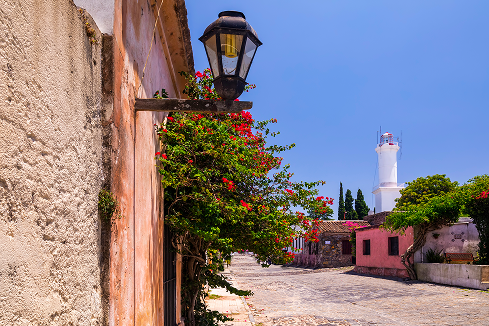
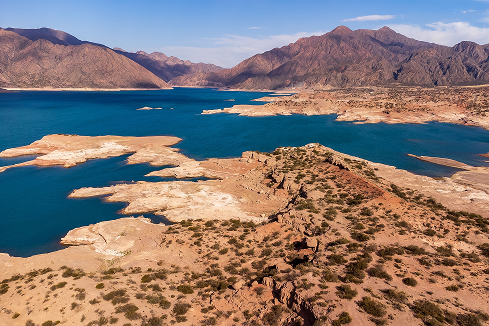
Buenos Aires is a hub for day trips and weekend escapes. The Tigre Delta, just an hour away, offers boat rides, riverside dining, and a slower pace of life. Across the Río de la Plata, Colonia del Sacramento in Uruguay is a UNESCO World Heritage site with cobbled streets and a relaxed vibe. Closer by, La Plata is a lively university city with a rich cultural scene. If you have more time, head west to Mendoza for wine country or south to Patagonia for landscapes that feel like another world.

